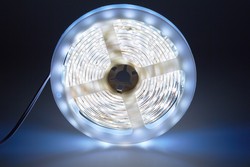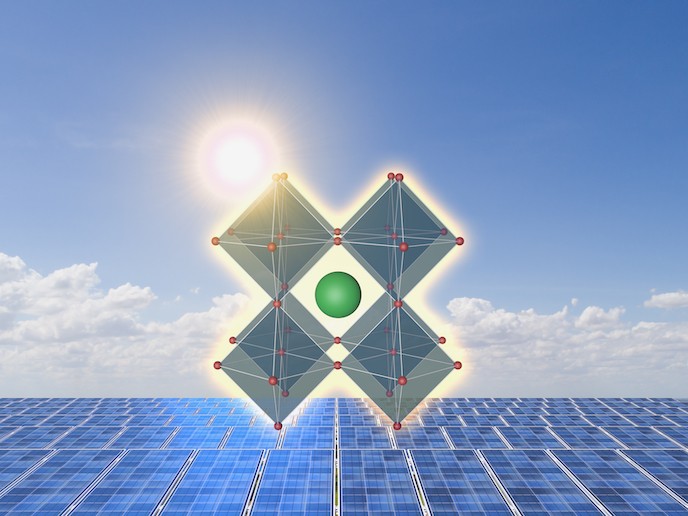Efficient solid-state lighting
Lighting accounts for more than 20 % of electricity consumption, although current technologies are wasteful and inefficient. In contrast, SSL, consisting of colloidal NCs, is 100 % efficient, but developing such technology faces several problems. The EU-funded project EDONHIST (‘Electronic’ doped colloidal nanocrystal heterostructures with designed interfacial composition: Towards the development of new nano-device concepts for lighting and energy technologies) addressed some of the issues. The team worked on the confinement potential of NC heterostructures and on electronic doping. Researchers investigated NC structural and optical properties to develop an efficient, cheap and practical SSL device. Team members developed new procedures for the synthesis of wave function-engineered quantum dots (QDs), having a controlled interfacial composition. The approach reduces growth time without affecting optical properties. Researchers also investigated the new materials’ photophysics. The stage demonstrated a new antibunching mechanism, plus clarified the influence of surfaces and interfaces on optical properties. QDs were exploited for a total of four practical applications. One – large-area colourless luminescent solar concentrators (LSCs) – was the project’s primary outcome. The LSC was based on heavy metal-free colloidal QDs and on indirect-banding silicon nanoparticles. The final generation of LSCs was unaffected by optical losses because of reabsorption of guided luminescence. The resulting devices demonstrated record conversion efficiencies of greater than 3 %, despite their large area and high transparency (70 % transmittance). The devices are thus good candidates for integrated photovoltaic elements such as windows. Simulations predicted the LSCs’ optical performance given increased width and thickness. Results indicated a peak optical power output of 70 W. Such power would be achievable using multiple slabs having areas of one square metre, in which optimised QDs would be embedded. Work yielded 22 peer-reviewed papers and three patent applications. Using the latter, the project founded a spin-off company, intended to industrialise and commercialise the photovoltaic windows developed within EDONHIST. The result will be a new, highly efficient lighting technology. The product is essentially flat glass panels that emit light.






